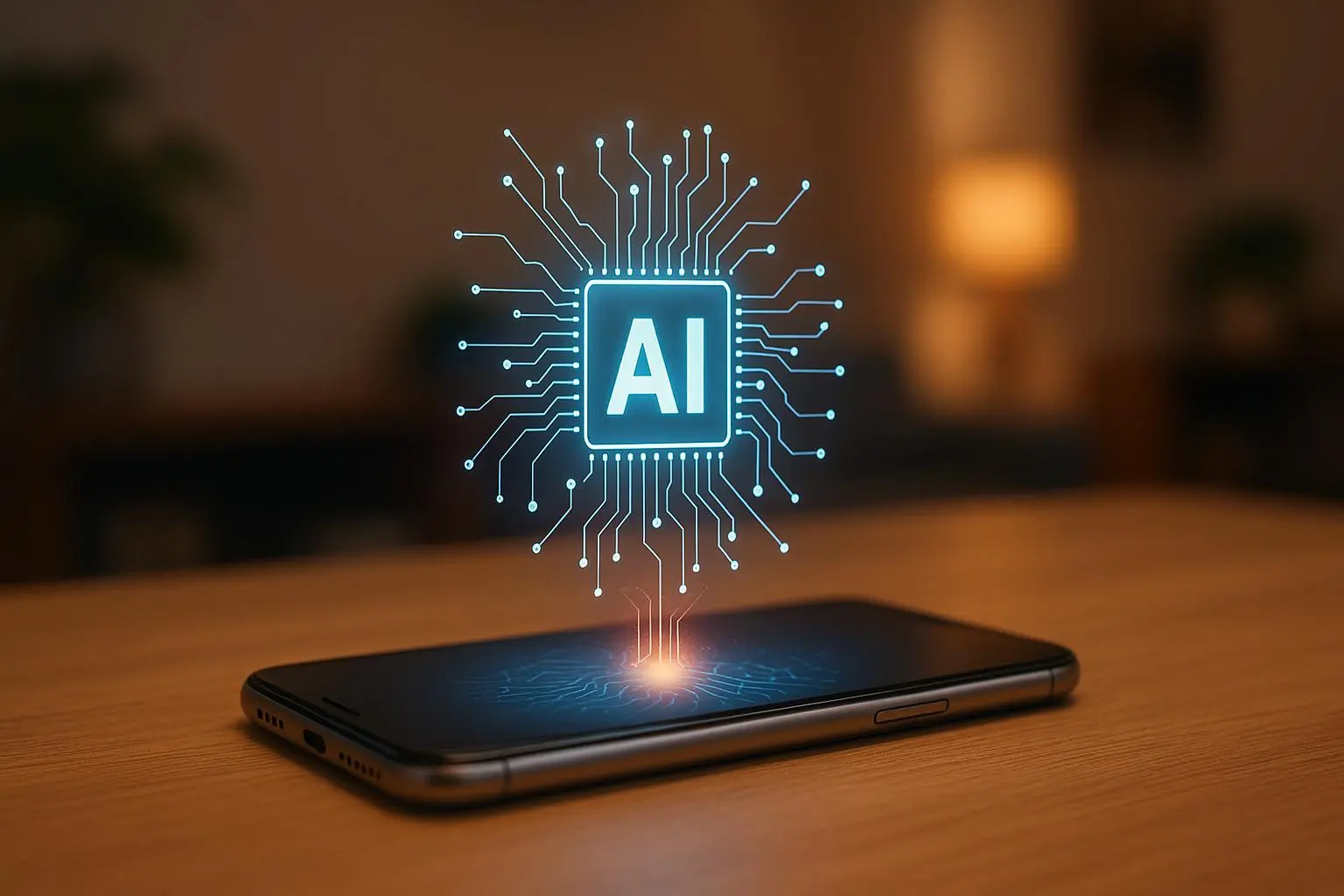Mobile coding is increasingly viable with tools like Cursor AI and other IDEs. This guide covers setup, features, and best practices for coding on smartphones or tablets.
Why Code on Mobile Devices?

Mobile coding enables developers to work anywhere, anytime. It’s ideal for quick edits, code reviews, or managing projects on the go.
AI-powered tools like Cursor AI enhance productivity, reducing the need for extensive typing. This makes mobile coding practical despite smaller screens and virtual keyboards.
Using Cursor AI for Mobile Coding
Cursor AI, a fork of Visual Studio Code, integrates AI to streamline coding tasks. Its mobile support via Progressive Web App (PWA) makes it a top choice for developers.
Setup for Mobile
Access Cursor AI at cursor.com/agents using Chrome, Safari, Firefox, or Edge. Install it as a PWA for a native-like experience.
On iOS, use Safari’s Share menu to “Add to Home Screen.” Android users can select “Add to Home Screen” from the browser menu.
Sign in to sync repositories, projects, and agent configurations across devices. Adjust font size or themes for better readability on mobile screens.
Key Features of Cursor AI for Mobile
AI-Powered Coding: Cursor’s AI agents generate code, fix bugs, and scaffold projects. Start tasks and get push notifications when complete.
Touch-Optimized Interface: Swipe gestures, pinch-to-zoom, and long-press actions simplify repository management. Handle branches, commits, and merge conflicts intuitively.
Code Review: Syntax highlighting and diff visualization work seamlessly on mobile. Split-screen modes allow simultaneous code and documentation viewing.
Background Tasks: Initiate coding tasks and switch apps, with results accessible later. This suits mobile’s on-the-go nature.
Integrations: Slack integration lets you trigger agents with “@Cursor” in chats. Apidog supports API testing and documentation review on mobile.
Security: OAuth 2.0, biometric authentication, and encrypted communication ensure safe coding. This is critical for mobile devices on public Wi-Fi.
Workflow Example
Open Cursor’s web interface at cursor.com/agents. Use the AI Chat panel to request: “Generate a JavaScript function to fetch API data with error handling.”
Review the generated code, edit with touch gestures, and commit changes to your repository. This process is fast and intuitive on mobile.
Limitations of Cursor AI on Mobile
Small screens limit multitasking compared to desktops. Complex projects may feel constrained without a physical keyboard.
Advanced debugging is less practical on mobile. Focus on smaller tasks like bug fixes or code reviews for best results.
Other IDEs for Mobile Coding
While Cursor AI excels with AI and mobile optimization, other IDEs offer viable alternatives. Each has unique strengths and limitations for mobile coding.
Replit with Ghostwriter
Replit is a browser-based IDE with Ghostwriter, an AI assistant for code completion. It’s ideal for lightweight projects and collaboration.
Access it via replit.com in a mobile browser or as a PWA. The touch-friendly interface supports quick coding tasks.
Features: AI-powered suggestions, real-time collaboration, and project hosting. It suits students and hobbyists.
Limitations: Less robust for large projects. Performance depends on the browser and device.
GitHub Codespaces
GitHub Codespaces runs VS Code in a browser, supporting mobile access. It’s a cloud-based IDE with GitHub Copilot for AI assistance.
Access it at github.com/codespaces, but it’s not fully touch-optimized. Tablets with keyboards provide a better experience.
Features: Full VS Code functionality, Git integration, and extension support. It’s great for professional developers.
Limitations: Requires a stable internet connection. Small screens make navigation less intuitive.
AIDE (Android IDE)
AIDE is a native Android app for Java, Kotlin, and Android app development. It’s designed specifically for mobile devices.
Download it from the Google Play Store for a touch-friendly experience. No AI features are included.
Features: Syntax highlighting, code completion, and project building on-device. It’s ideal for Android developers.
Limitations: Limited to Android development. Lacks AI-driven productivity tools.
Codeanywhere
Codeanywhere is a cloud-based IDE with mobile browser support and native iOS/Android apps. It supports multiple programming languages.
Access it at codeanywhere.com or via app stores. The interface works better with a keyboard.
Features: Git integration, cloud syncing, and multi-language support. It’s versatile for various projects.
Limitations: No AI features. The free tier has restrictions, limiting functionality.
Best Practices for Mobile Coding
Optimize for Touch: Use PWAs for a native-like experience. Enable touch gestures for efficient navigation.
Leverage AI: Tools like Cursor AI reduce typing with code generation. This is crucial for virtual keyboards.
Keep Projects Lightweight: Focus on small tasks like bug fixes or reviews. Avoid complex projects on mobile.
Sync with Desktop: Use cloud syncing in Cursor or Codespaces for seamless transitions. This ensures continuity across devices.
Ensure Security: Enable biometric authentication and encrypted connections. This protects code on public networks.
Test Connectivity: AI features often require internet access. Use offline-capable PWAs for unstable connections.
Comparison of Mobile Coding Tools
Tool |
AI Support |
Mobile Optimization |
Languages |
Collaboration |
Offline Support |
|---|---|---|---|---|---|
Cursor AI |
Advanced (code generation, chat) |
High (PWA, touch interface) |
All VS Code languages |
Strong (Slack, team features) |
Limited (PWA caching) |
Replit |
Basic (Ghostwriter) |
High (browser-based) |
Multiple |
Strong (real-time) |
Limited |
GitHub Codespaces |
Via Copilot (optional) |
Moderate (browser-based) |
All VS Code languages |
Moderate (Git-based) |
None |
AIDE |
None |
High (native Android app) |
Java, Kotlin |
None |
Full (native app) |
Community Feedback on Mobile Coding
Developers on social platforms praise Cursor AI’s fast indexing and AI features. They highlight its efficiency for quick mobile tasks.
Experienced coders prefer tab completion over chat for productivity. Non-coders find Cursor’s AI intuitive for turning ideas into code.
Conclusion
Cursor AI leads in mobile coding with its AI-driven features and touch-optimized PWA. Alternatives like Replit, GitHub Codespaces, and AIDE cater to specific needs.
For optimal results, focus on lightweight tasks and sync with desktop environments. Visit cursor.com/agents to start coding on your mobile device today.

Leave a Reply